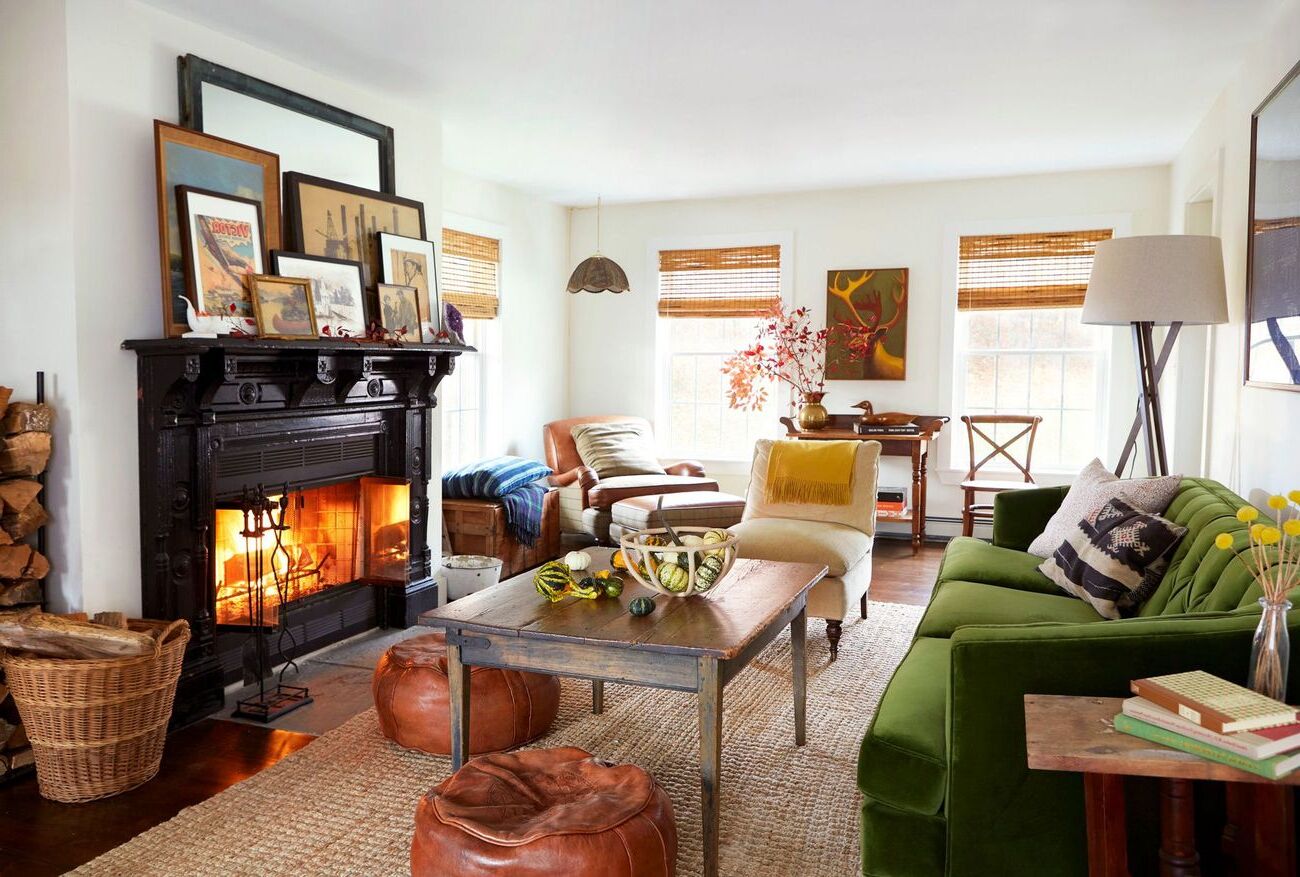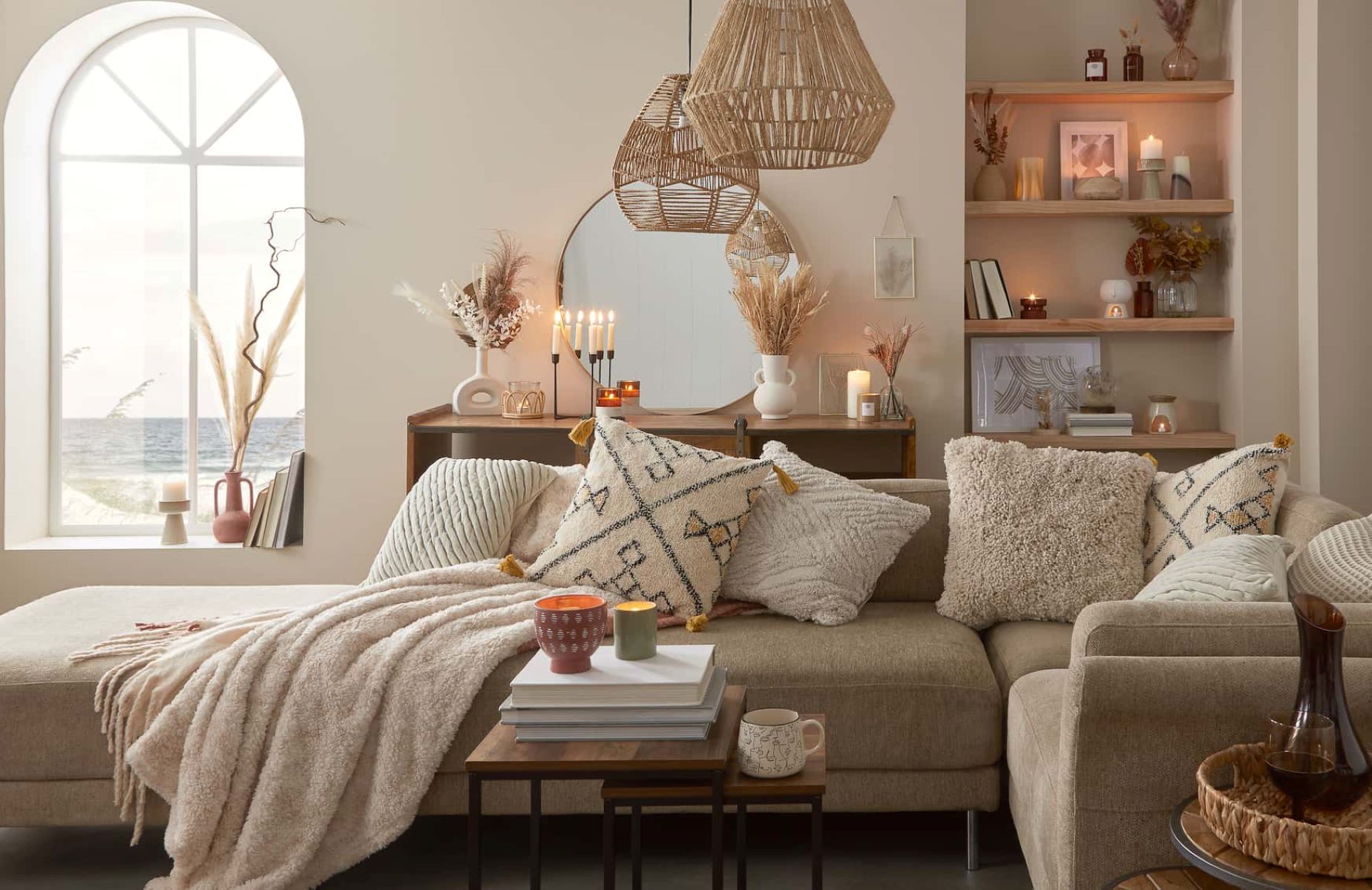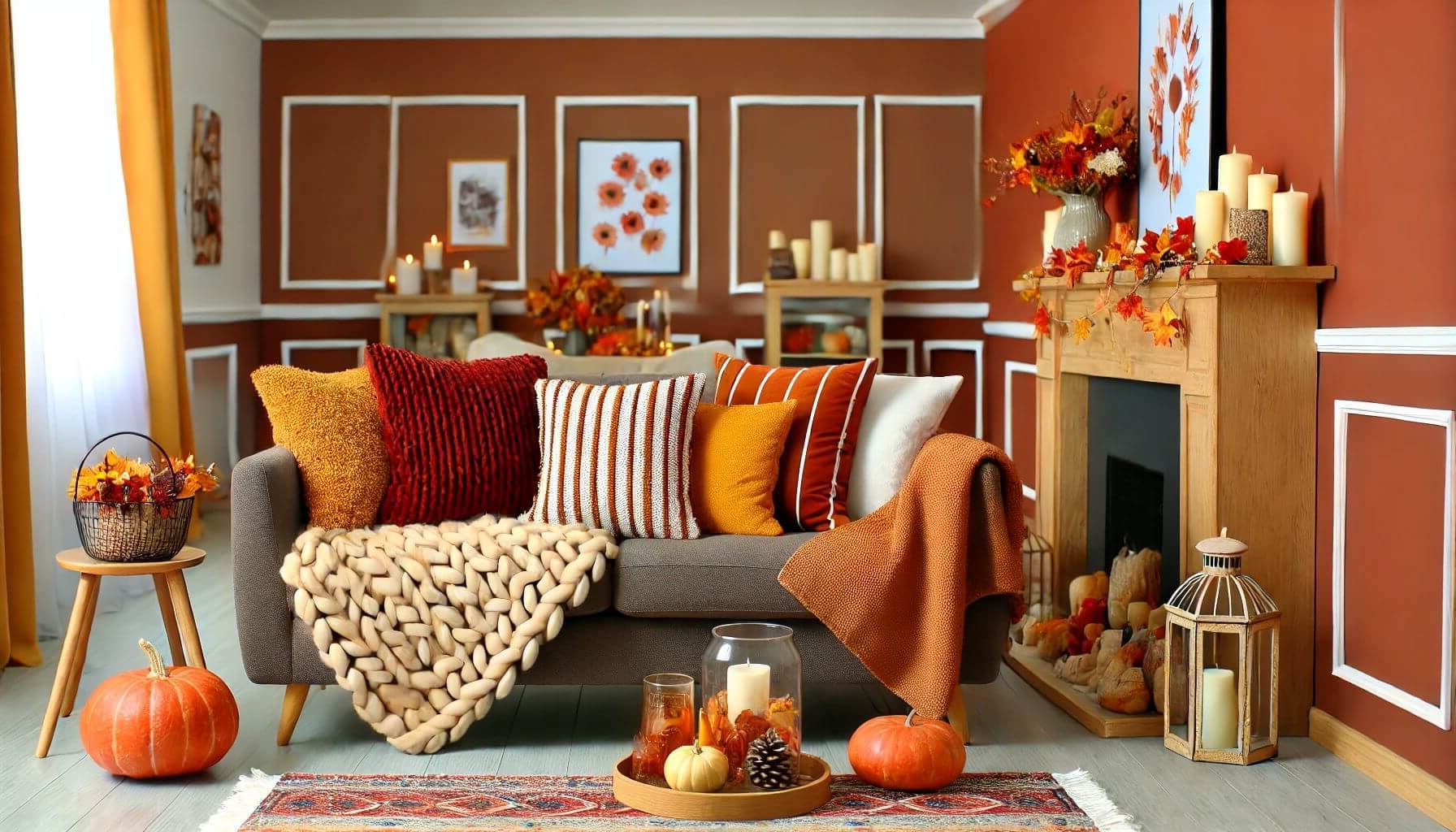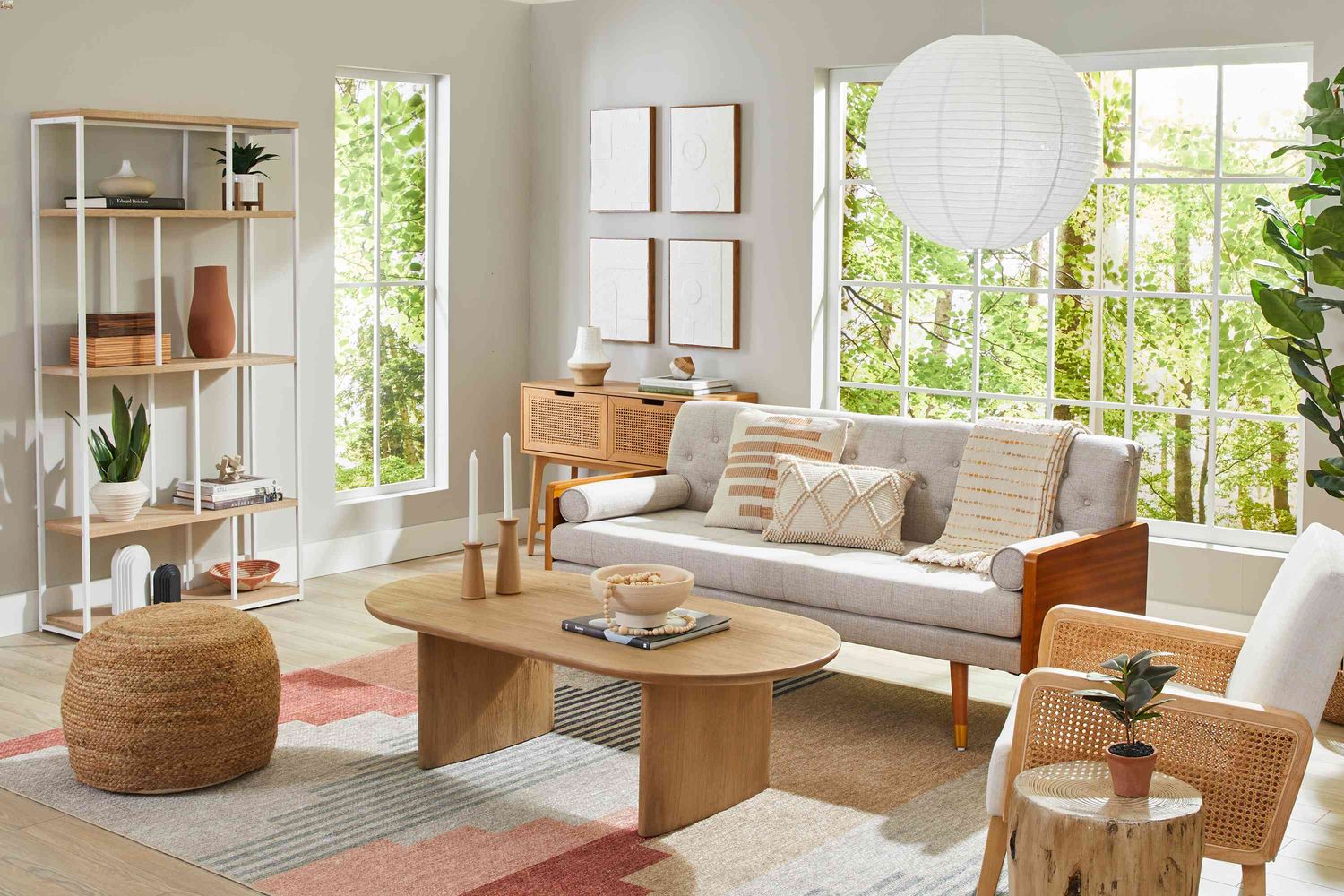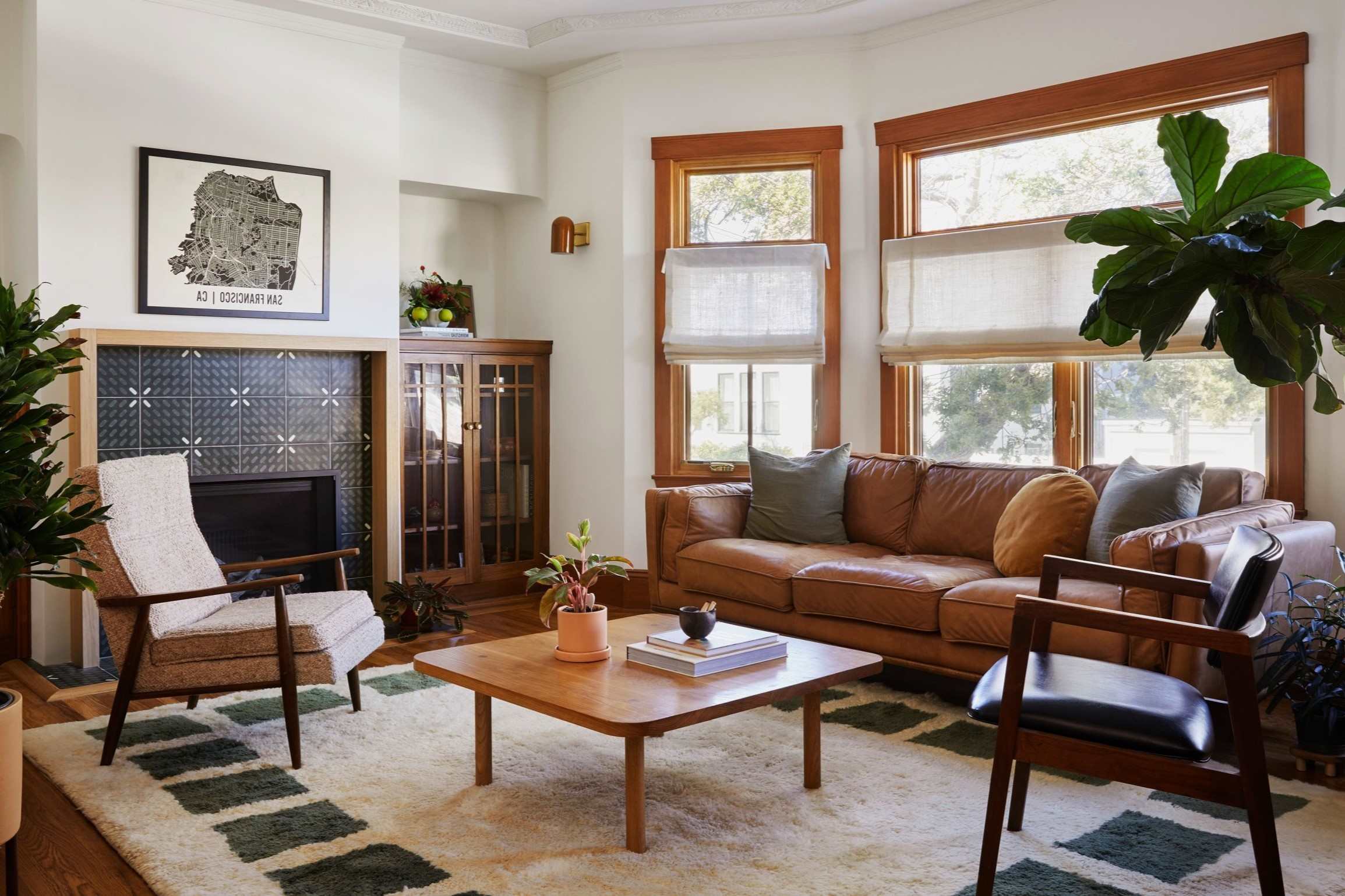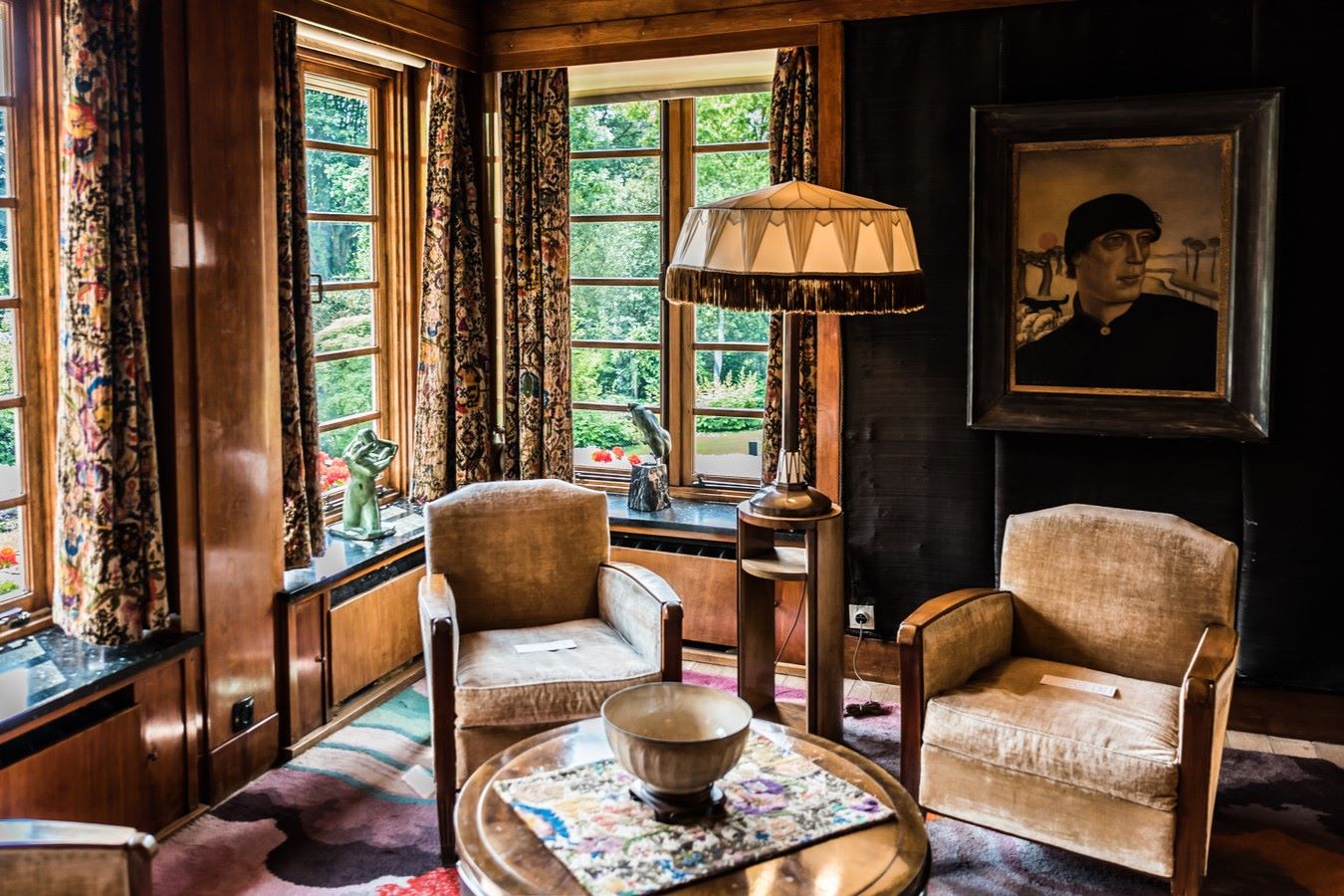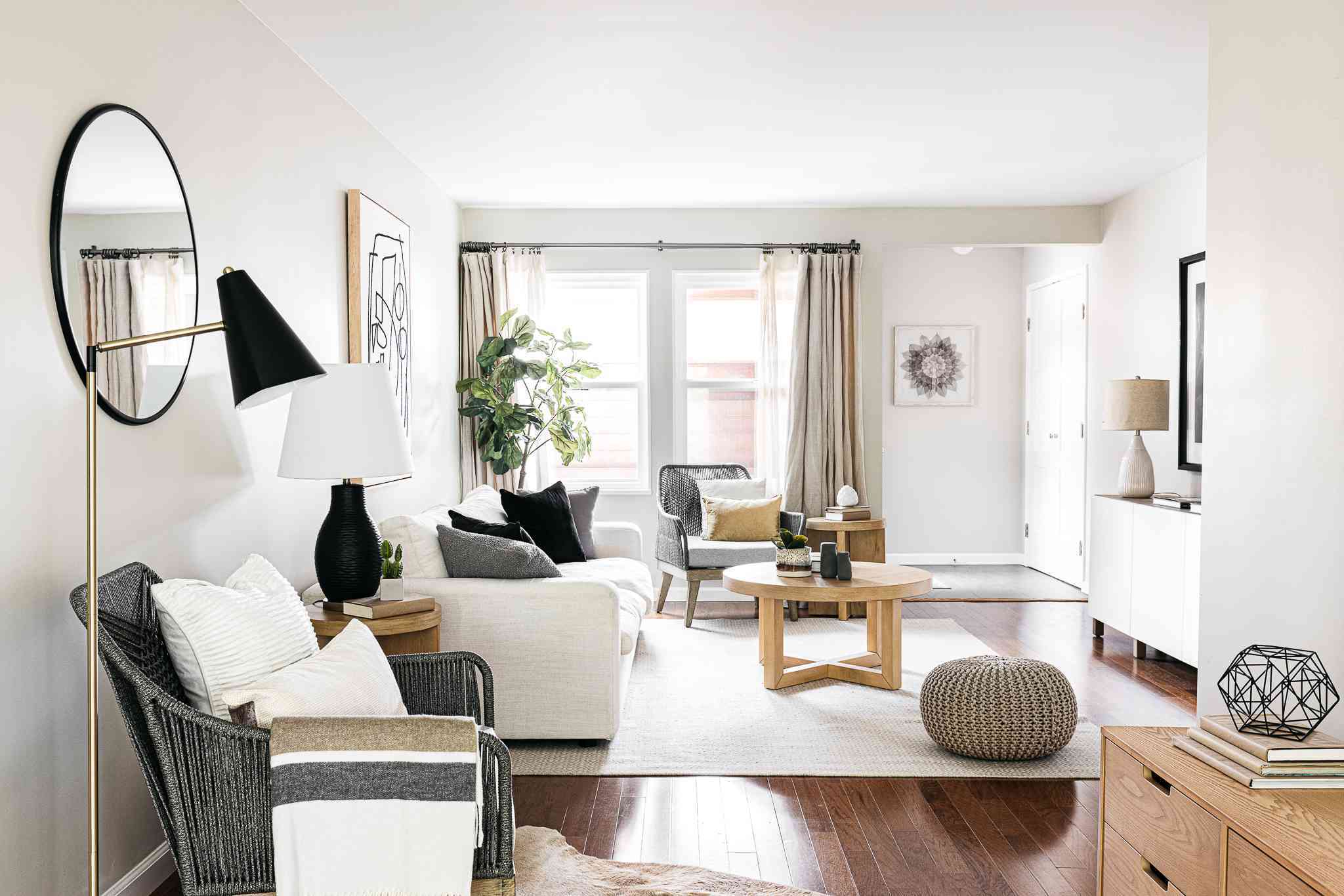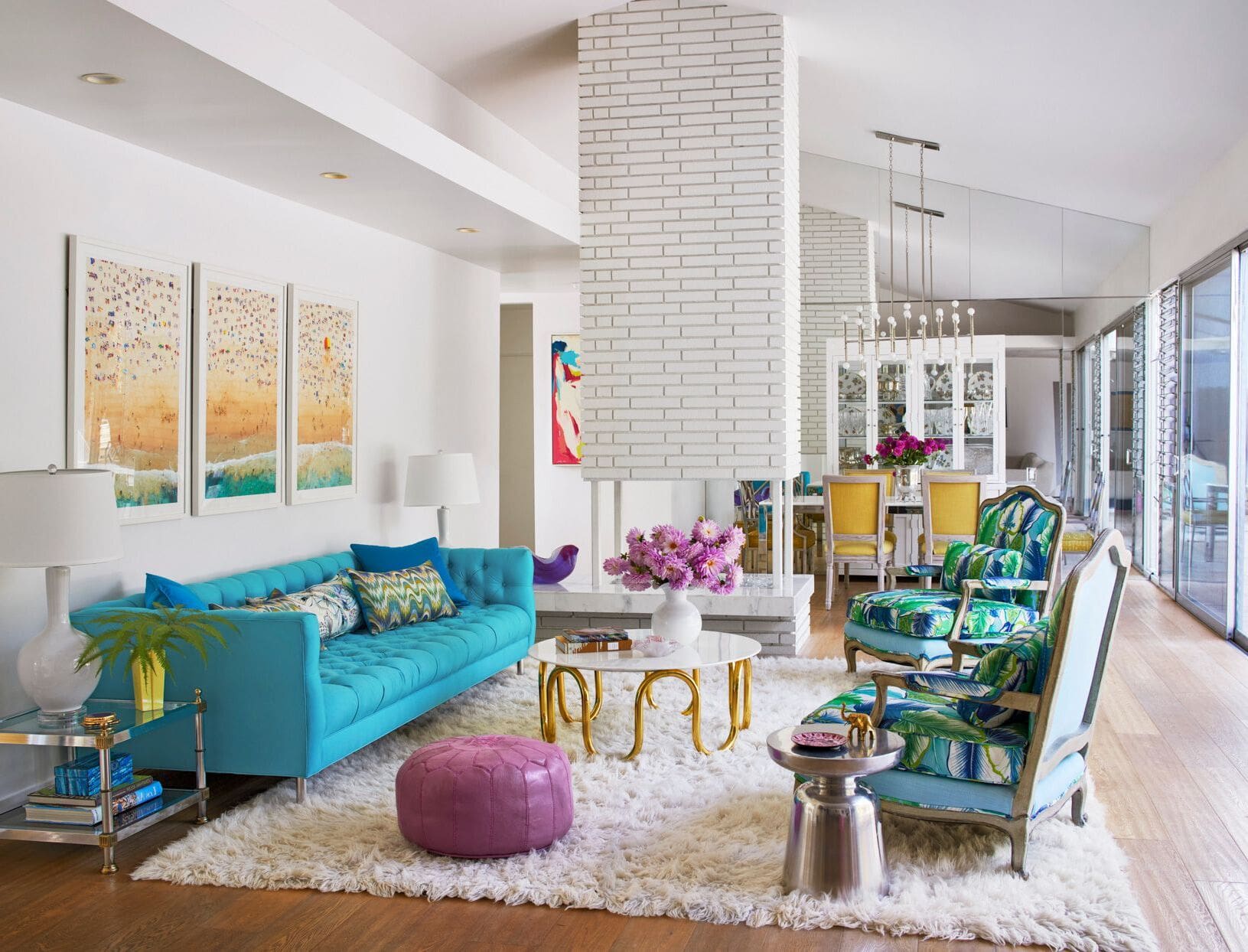Home> Living Room Design Ideas
Get Inspired with 25+ Jaw-Dropping Living Room Design Ideas!
Looking for living room design ideas? Get inspired with our collection of 25+ jaw-dropping living room designs that will transform your space!
How To Choose The Right Paint Colors For An Art Nouveau-Inspired Living Room
By: Lily Evans • Ideas and Tips
How To Choose The Right Paint Colors For A Scandinavian-Style Living Room
By: Emily Roberts • Ideas and Tips
How To Choose The Right Paint Colors For A Mid-Century Modern Living Room
By: Noah Bennett • Ideas and Tips
